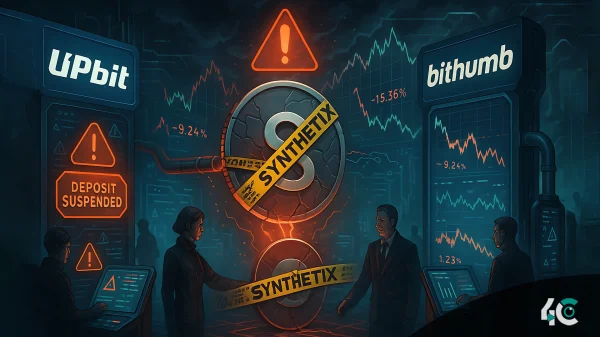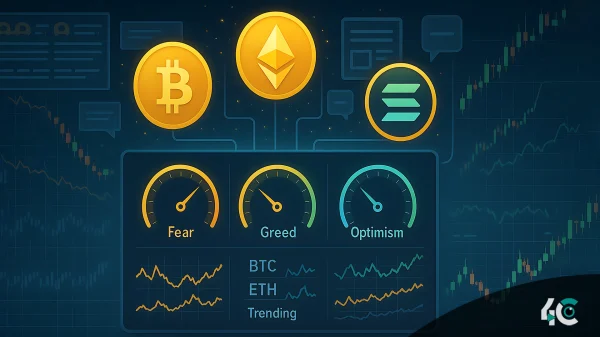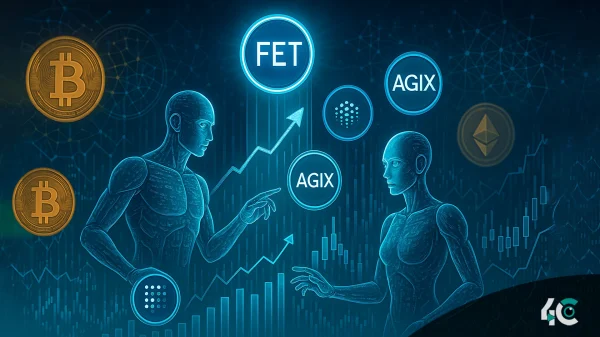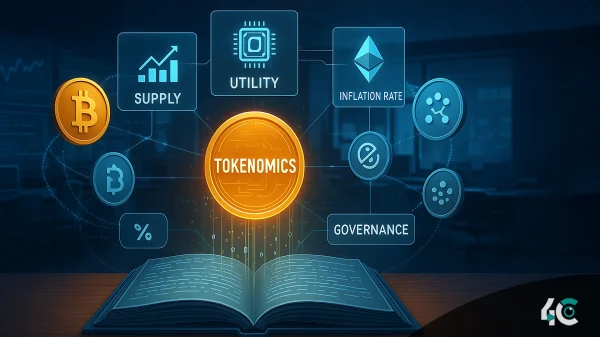The European Union’s Markets in Crypto-Assets Regulation (MiCA) might fundamentally change the scene of stablecoin regulation worldwide. Setting a worldwide example for other areas to follow, MiCA is projected to provide stability, openness, and innovation to the cryptocurrency sector as the first thorough framework of its sort.
On December 30, MiCA will be fully operational, therefore signifying a significant turning point in the crypto economy. The measure offers rigorous rules for stablecoin issuing, reserve management, and redemption policies to improve market stability and safeguard customers. This all-encompassing strategy seeks to give legal clarity and encourage innovation, therefore facilitating company navigation of the challenging regulatory scene.
Effects on the International MarketMiCA will be a major influence on global stablecoin rules, said Binance, the biggest bitcoin exchange worldwide. Establishing clear guidelines for the crypto sector will probably help the EU’s regulatory system to be a prototype for other countries, therefore promoting cross-border interoperability. This will provide constant control of stablecoins throughout several marketplaces and encourage worldwide cooperation.
Though some see the control as a positive development, its effects on smaller crypto companies raise questions. For distributed finance (DeFi) systems that rely on centralized middle-men, there are tougher guidelines concerning licensing and Know Your Customer (KYC) compliance. Smaller businesses may thus find it more difficult to compete with bigger, better-funded corporations.
Industry consolidation and algorithmic stablecoinsOne of the main features of MiCA is the ban on algorithmic stablecoins, including the now-defunct Terra USD (UST). MiCA aims to stop unstable stablecoins from collapsing therefore protecting the larger market as well as investors. But this action also points to a move toward a more conventional financial model inside the crypto sector, in which companies with more resources might find benefit.
As smaller companies struggle to satisfy the new legal requirements, experts caution MiCA may cause more sector consolidation. Bigger businesses with large cash and assets under control are probably going to find it simpler to expand and follow the new regulations, therefore fostering a more competitive and maybe predatory atmosphere.
Getting ready for MiCA to be fully implementedSeveral big European financial institutions are already getting ready their digital asset offers to guarantee compliance with MiCA, since the December deadline is quickly approaching. One prominent instance is Societe Generale, which teamed with Bitpanda to create EUR CoinVertible (EURCV), a MiCA-compliant stablecoin with euro denominated value. This cooperation is only one of many as the sector gets ready for MiCA to be fully used and its broad consequences.
MiCA will change the bitcoin market as it materializes by encouraging stability and openness while also encouraging invention. Small businesses and DeFi protocols will certainly change to fit the higher regulatory loads, though, and whether the crypto sector can keep its distributed character in face of increasingly strict control remains to be seen.


































